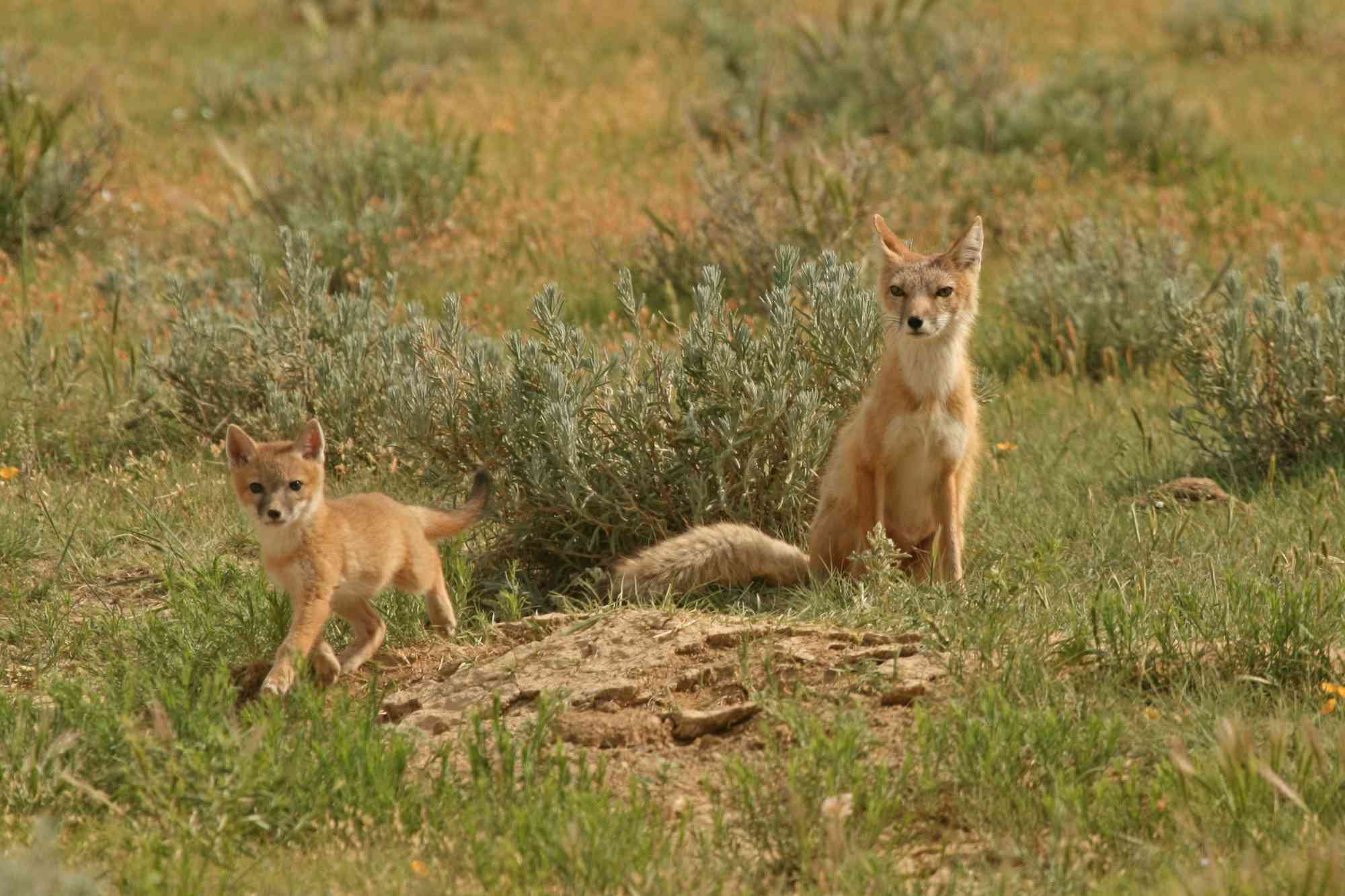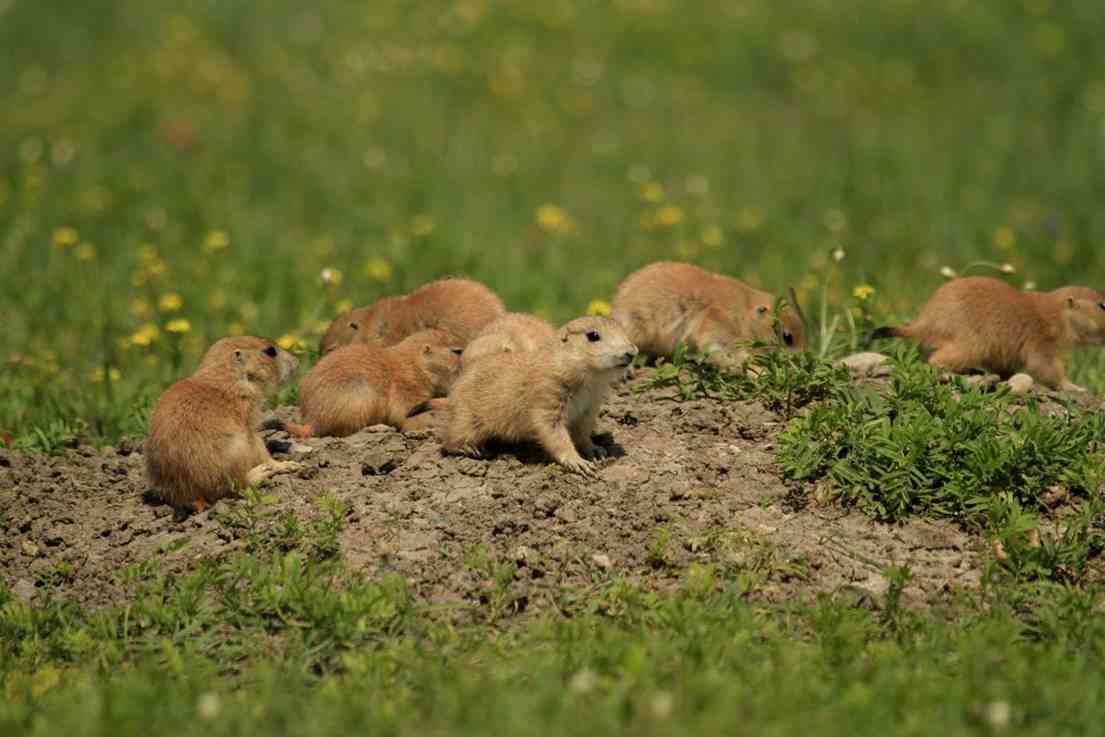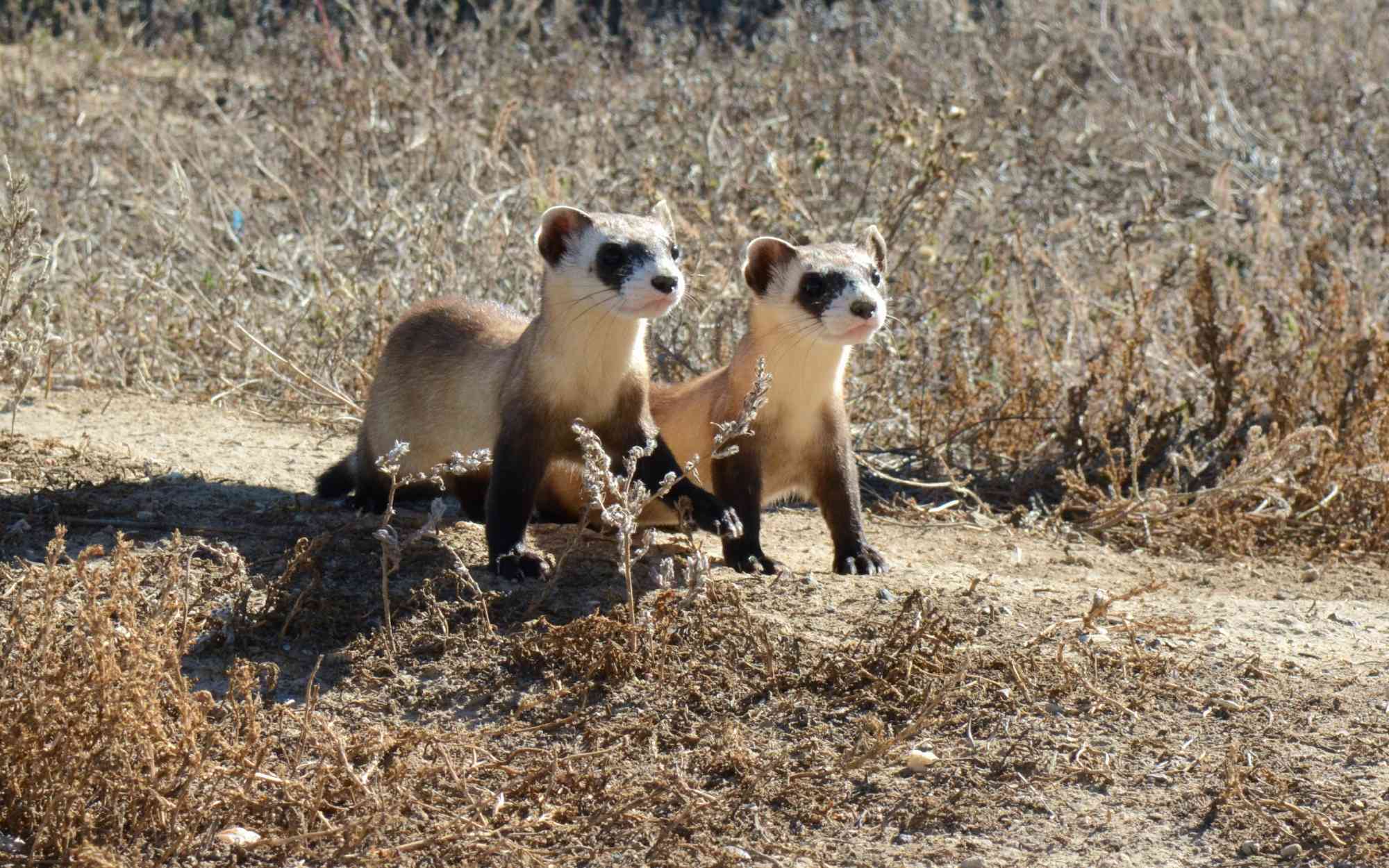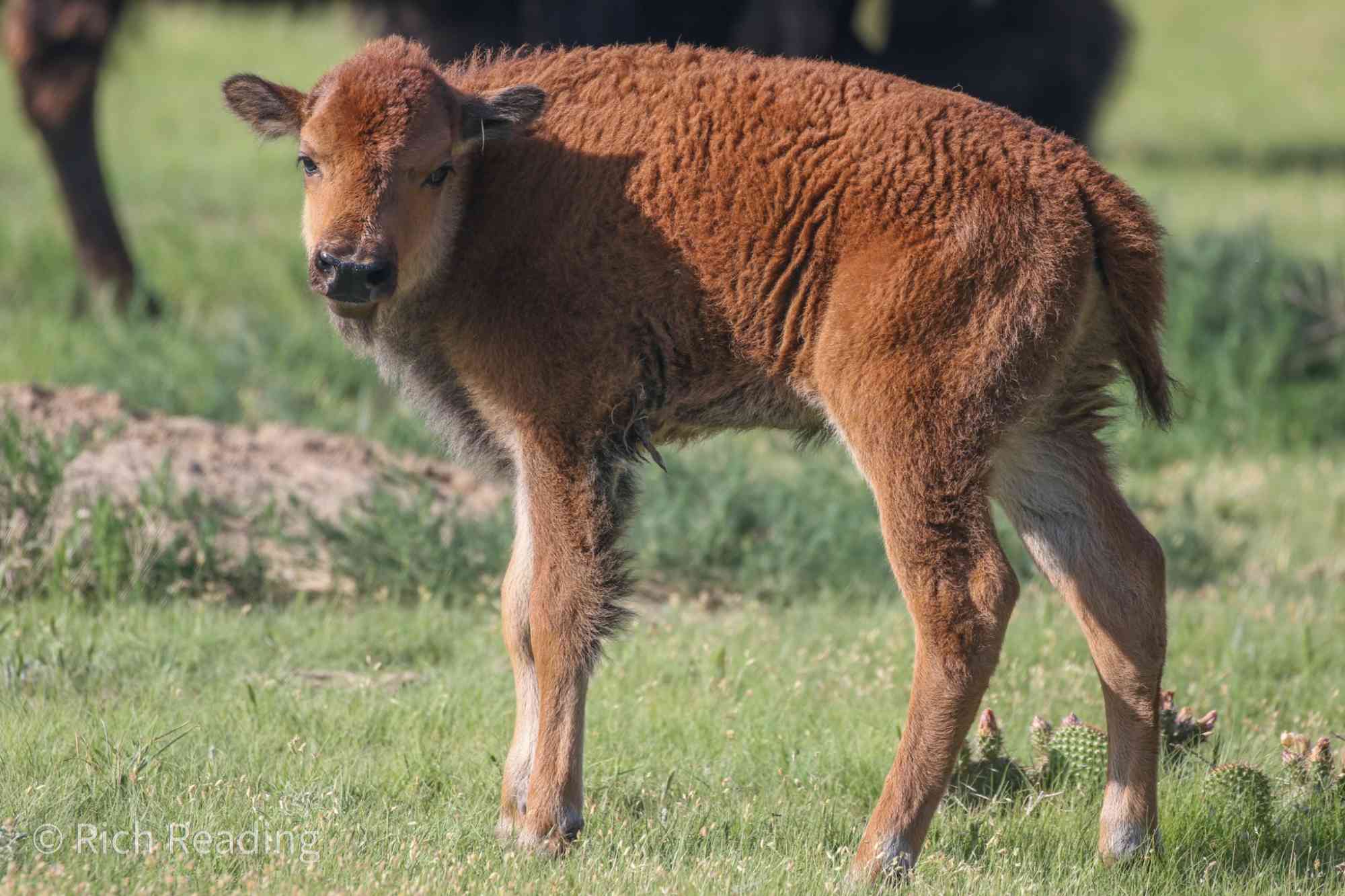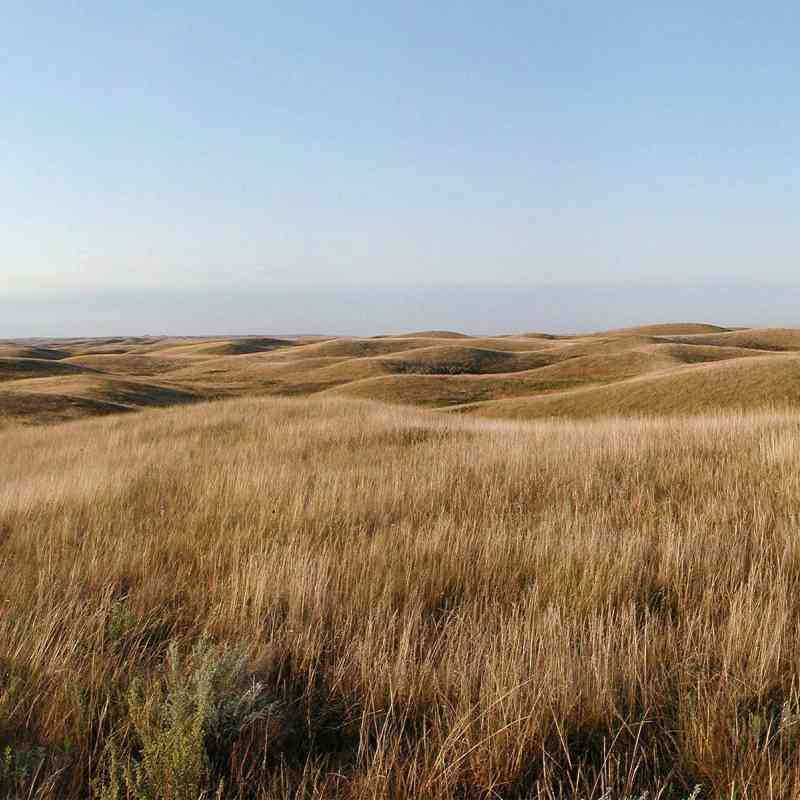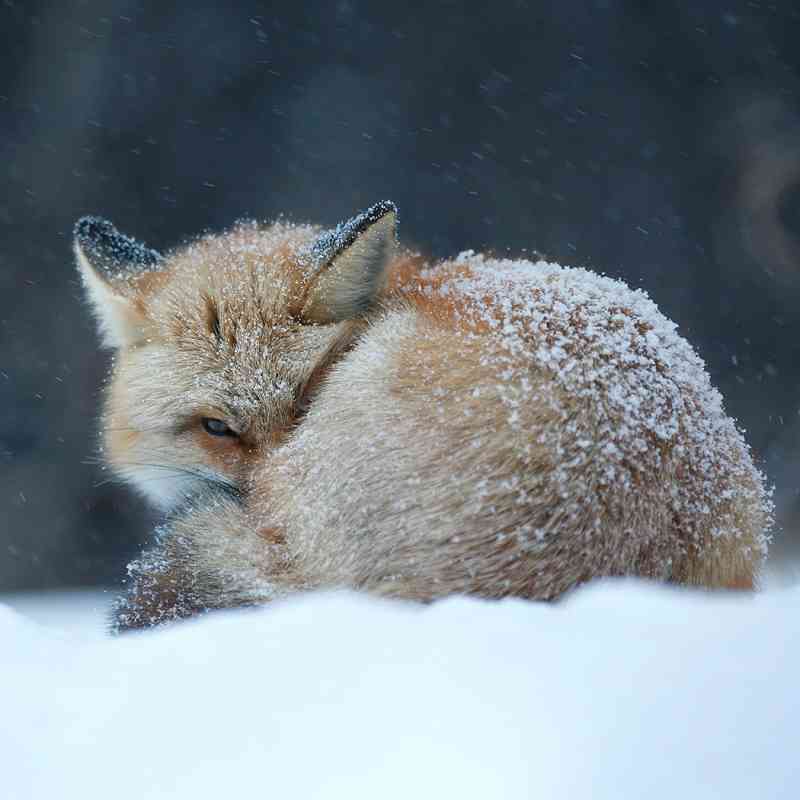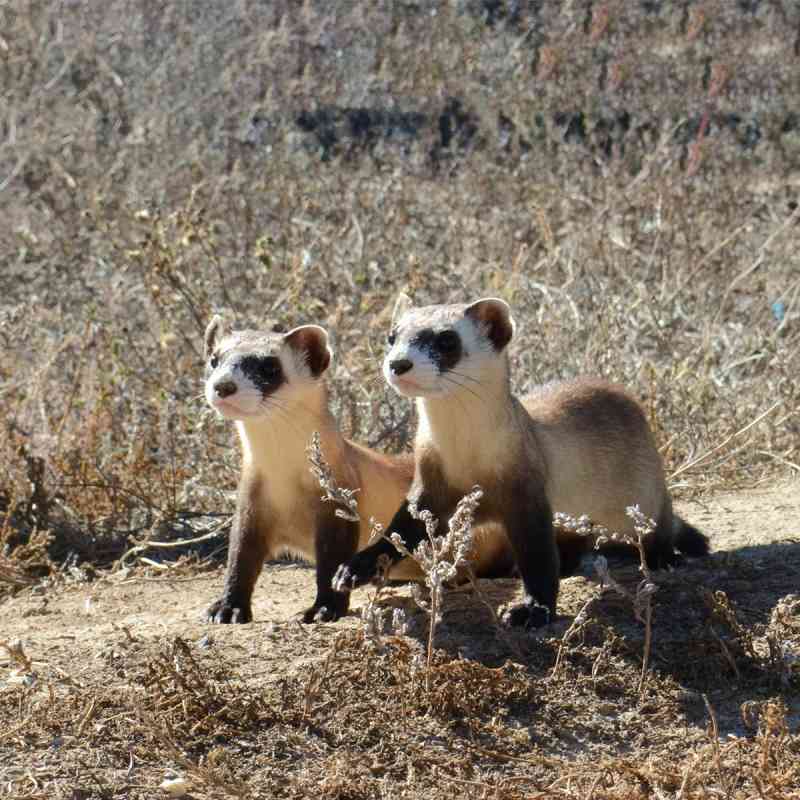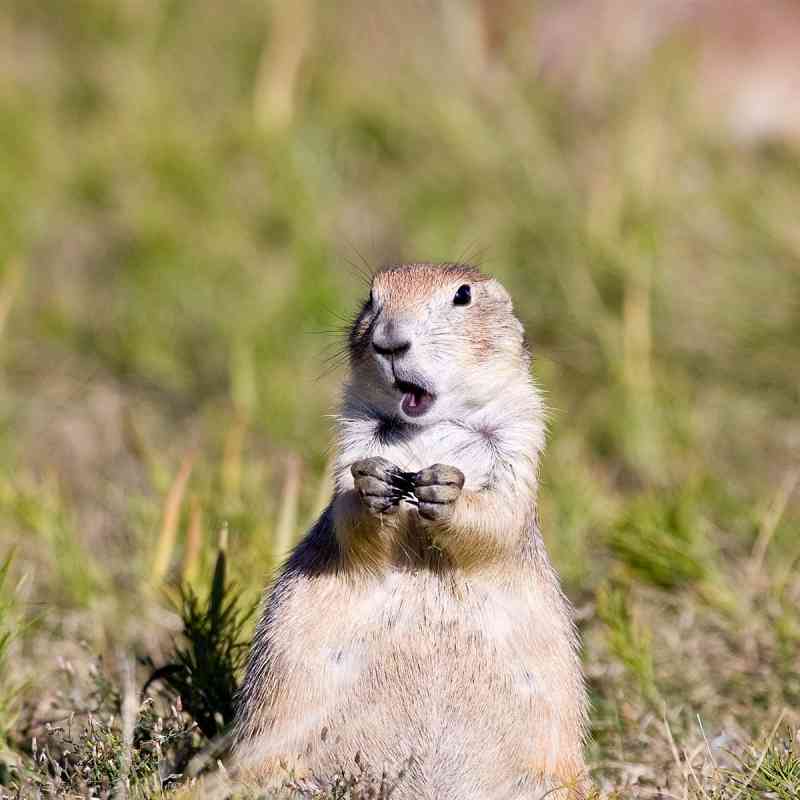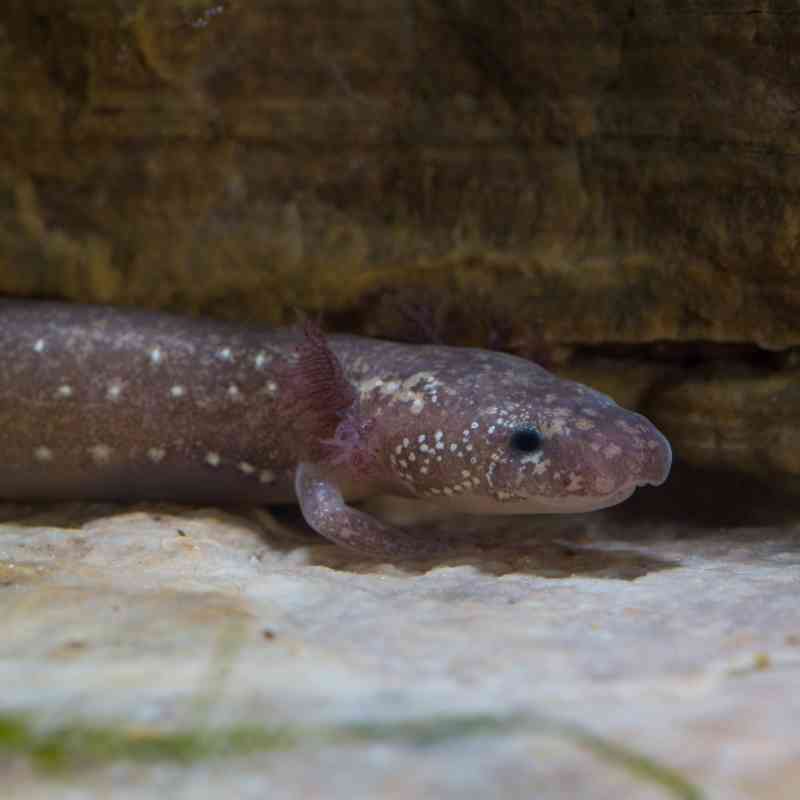Bison calves, ferret kits, prairie dog and swift fox pups. Undoubtably adorable and worth celebrating. Newborn animals on the plains represent a success for some of the most imperiled wildlife. Being wild-born means a new generation will be in place to sustain the population into the future. Here is some of the new life we’re celebrating this spring.
Black-tailed prairie dogs
Black-tailed prairie dogs, historically and even today, suffer from lethal control measures by agricultural interests, combined with sylvatic plague, has resulted in a 95% loss of their historic numbers. Fortunately, spring represents renewal for this keystone species.
Prairie dogs lives in coteries, or family groups, where both females and males care for their young. They teach their pups vocalizations, where to find food and how to create a burrow. These burrows then provide habitat to a host of other plains wildlife, including the endangered black-footed ferret.
Black-footed Ferrets
The black-footed ferret has a population of only 400 individuals in the wild. When populations are low, genetic variation is limited making the species more susceptible to disease and inbreeding. So, when substantial numbers of wild-born kits survive, grow and prosper on grasslands the species’ genetic diversity receives a significant boost.
Prairie dog burrows are the habitat needed for this species’ survival. Inside the underground tunnels, mother ferrets will typically give birth to four to five young in May or June. They then raise these kits underground for six weeks. Throughout the summer, mothers teach their kits how to hunt prairie dogs and the ways of the prairie. Then, around mid-August, the kits will disperse to live on their own.
Swift Fox
Swift fox pups also disperse around August. Pups arrive, usually three to six in a litter, from March to mid-May. Unlike ferrets, both mother and father care for their young. After the pups learn survival skills from their parents they set out on their own and find new territories to occupy.
Spring is a key time for scientists to monitor recovery efforts for foxes. Defenders of Wildlife works with the Smithsonian Institution to study which individuals pair together or “den up.” This year marks the fifth year of trapping and monitoring foxes that were relocated from Wyoming and Colorado and reintroduced to the grasslands of the Aaniiih and Nakota Tribes of Fort Belknap in northern Montana.
This recovery initiative is important to the restoration of the species. In the early 1900s, swift fox populations declined due to habitat loss and poisoning campaigns meant for other predators that also impacted the swift fox. Since these declines, they have only returned to about 40% of their historic range.
Bison
Plains bison calves are known as “red dogs” because they are born with red fur. Red dogs are taught by their mothers, known as cows, how to follow the herd and forage.
Bison are a keystone species and ecosystem engineers. When bison selectively graze, they create a diverse, heterogeneous landscape of plant species. They clip the grasses and forbs just short enough to create nutritious forage for all the herbivores of the prairie landscape, especially the young in the springtime.
As we celebrate the births of these newborns, we are also watching them grow so they too can contribute to our healthy grasslands and restore species populations.
Author
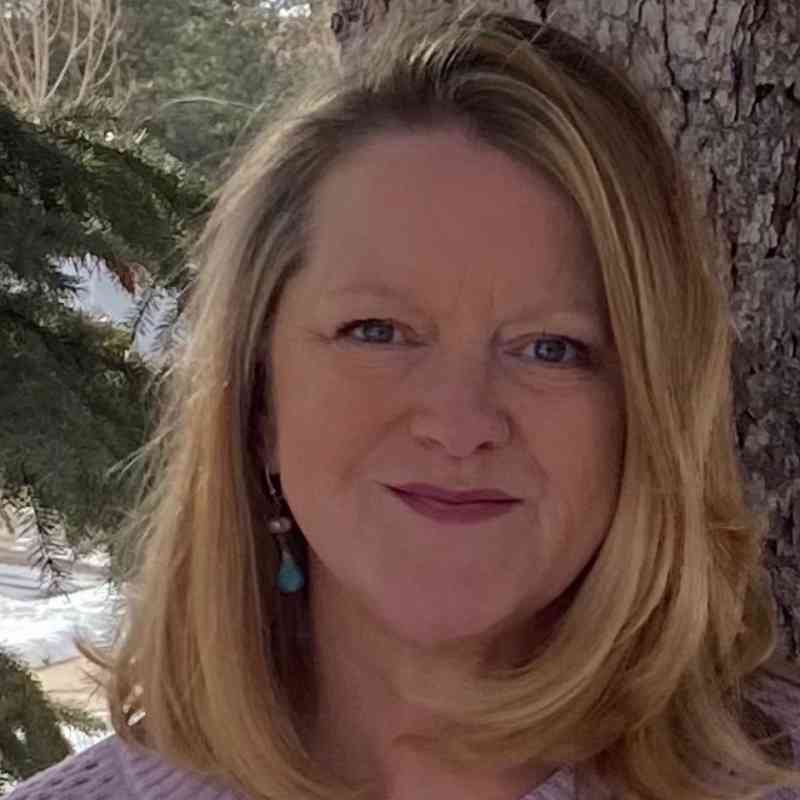
Chamois Andersen
comments
Wildlife & Wild Places

